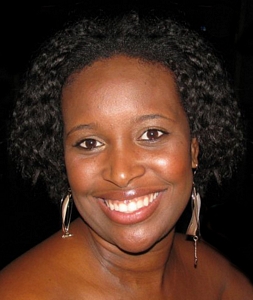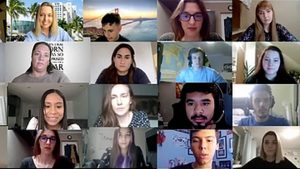“Close to 70% of students with marketing degrees end up in sales.”—College recruiters
“I don’t consider myself a selling-type person.”—Diane Edwards, marketing major, College of Business Administration, Florida International University (FIU)
Given that such a high percentage of marketing majors become salespeople, and given the resistance expressed by Edwards and likely shared by many of her classmates, Nancy Rauseo, who teaches sales management and customer relationship management at FIU, faced a challenge: how to best prepare marketing students for the strong likelihood that they go into sales—especially consultative sales in which they will establish long-term relationships with customers and help solve their problems.
Her solution was to structure her Personal Selling course to culminate in an assignment that required the 95 students to put into practice what they had learned about consultative sales through reading, lectures, role plays and presentations: for one-third of their grade, they prepared a detailed sales plan and then videotaped themselves playing the part of both buyer and seller.
To mimic a real-life situation, Rauseo provided each buyer with objections to which the seller had to respond, using all their knowledge, creativity and on-the-fly thinking.

“I was a buyer for a small business copier and a seller of plumbing fixtures,” said Edwards, who “lived, breathed and slept sales,” leading up to the video. “As a buyer, I knew I could use the objections I had been given such as cost, lack of need or concerns about the product. But when objections came at me, I had to draw on what I had learned and improvise.”
Ability to sell opens career options.
Despite the statistics, Edwards doesn’t think she’ll go into sales, but if she does she “can now see the strategy and method behind it,” and no longer thinks that “selling means lying.”
Firmly believing that “you can’t learn how to sell by reading a textbook,” Rauseo plans to continue to include such active learning components in the course, especially since the initial offering went so well.
“The results were fantastic,” Rauseo said. “I’m thrilled with the final product and how the students did.”




